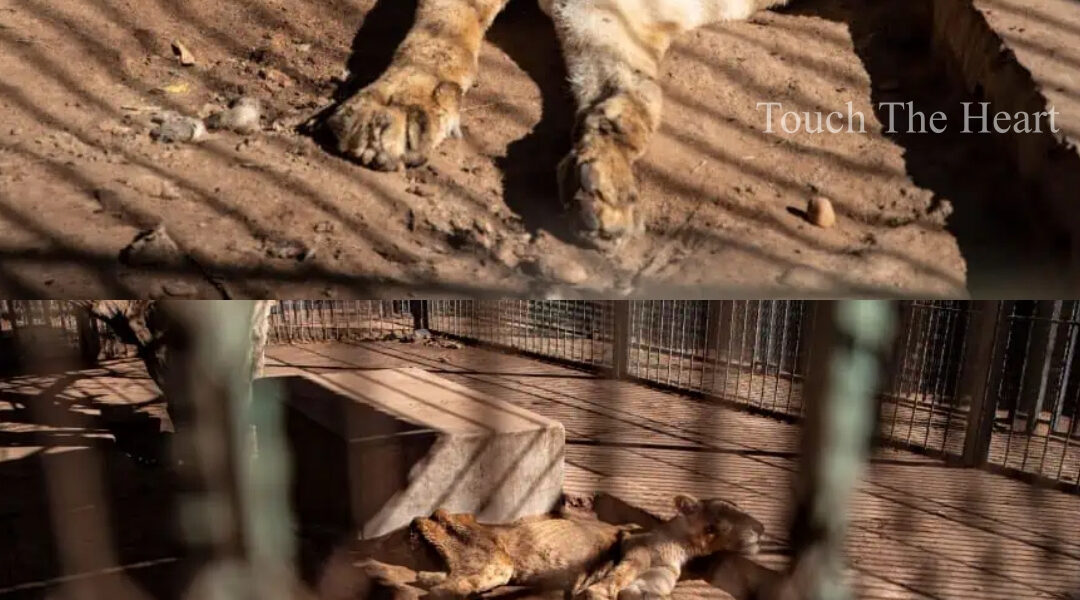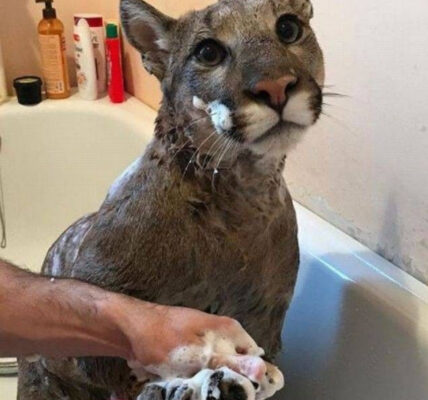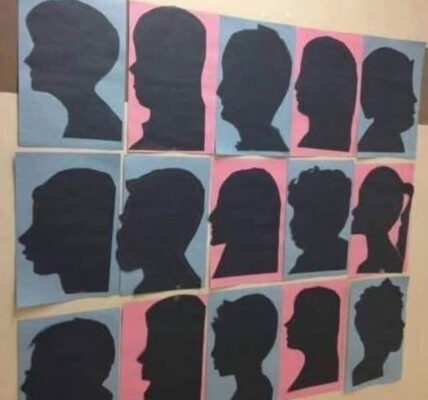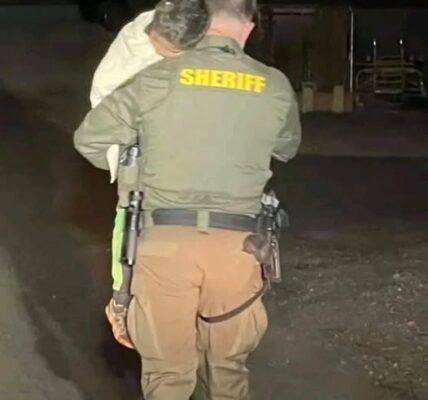In the heart of Khartoum, Sudan, where the dry winds carry whispers of a country still healing from years of turmoil, a haunting sight has captured the world’s attention — four emaciated lions, their ribs pressing sharply against their skin, struggling to cling to life in a rundown city zoo.

The Al-Qurashi Park Zoo, once a modest attraction, has fallen into near ruin. With no money, no food, and no government support, the caretakers have been unable to feed or care for the animals.
Most have died or been moved elsewhere. But when photos emerged of the skeletal lions lying weakly in their cages, the world could no longer look away.

Jeff George of Four Paws International, an animal welfare organization based in Vienna, was among those who responded. He and his team arrived in Khartoum to find conditions worse than they could have imagined.
“I was shocked,” said Amir Khalil, who led the emergency mission. “Two of the lions were in critical condition — dehydrated, frail, barely a third of their normal weight. I don’t understand how anyone could have allowed this to happen.”
The group’s mission was complicated from the start. Upon arriving in Sudan, customs officials confiscated most of their equipment and medical supplies due to missing paperwork. The team was left scrambling, improvising with what little they had while trying to stabilize the animals. Even with years of experience in crisis rescues, Khalil admitted this situation was among the most desperate he’d ever seen.

The lions’ suffering has come to symbolize something larger than a failing zoo — it reflects the fragile state of Sudan itself. The country is still reeling from decades of corruption, isolation, and political upheaval.
Former president Omar al-Bashir, ousted after a popular uprising in 2019, left behind an economy in ruins. Hyperinflation, food shortages, and widespread poverty have affected not only people but also the voiceless — animals trapped in the fallout of neglect.
One of the lionesses, too weak to stand, died from starvation days before the Four Paws team arrived. Her death served as a grim reminder of how close the others were to the same fate. “Their muscles are so wasted they can barely move,” Khalil said. “We can’t even find a spot to inject medicine.”

Still, amid the tragedy, there has been a flicker of hope.
The international outcry sparked by the viral photos brought donations and attention from across the globe. People from dozens of countries contributed money, food, and supplies, desperate to give these creatures another chance.
The park’s director, Bader el-Deen Wassim, expressed cautious optimism. “This attention gives us hope,” he said. “We plan to expand and renovate the park. The lions are improving — slowly, but they are improving.”

He also confirmed that authorities would soon release the seized medicine to the Four Paws team, a small victory in an otherwise heartbreaking story.
Even so, for two of the lions, the odds remain uncertain. They are weak beyond measure, their bodies a testament to neglect and hunger.

But for now, they are alive — eating small portions, receiving fluids, and surrounded by people who finally see them not as forgotten zoo animals, but as beings deserving of care and dignity.
As Amir Khalil stood beside one of the cages, he said something that seemed to echo far beyond the zoo’s crumbling walls: “To see a hungry animal like this — this is not about politics or religion. This is about humanity.”

In a land still scarred by conflict and poverty, the dying lions of Khartoum have become unlikely symbols — not just of suffering, but of the compassion that can still rise from it. Their survival, fragile as it is, reminds the world that mercy must not stop at human borders.




